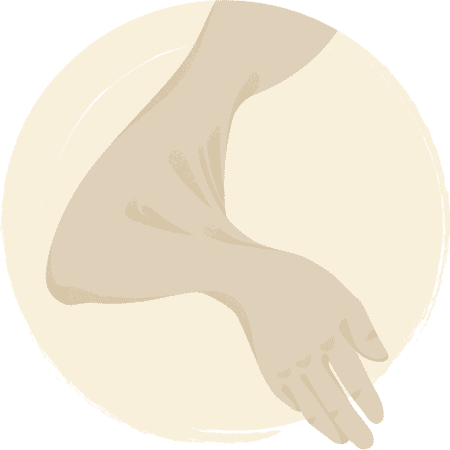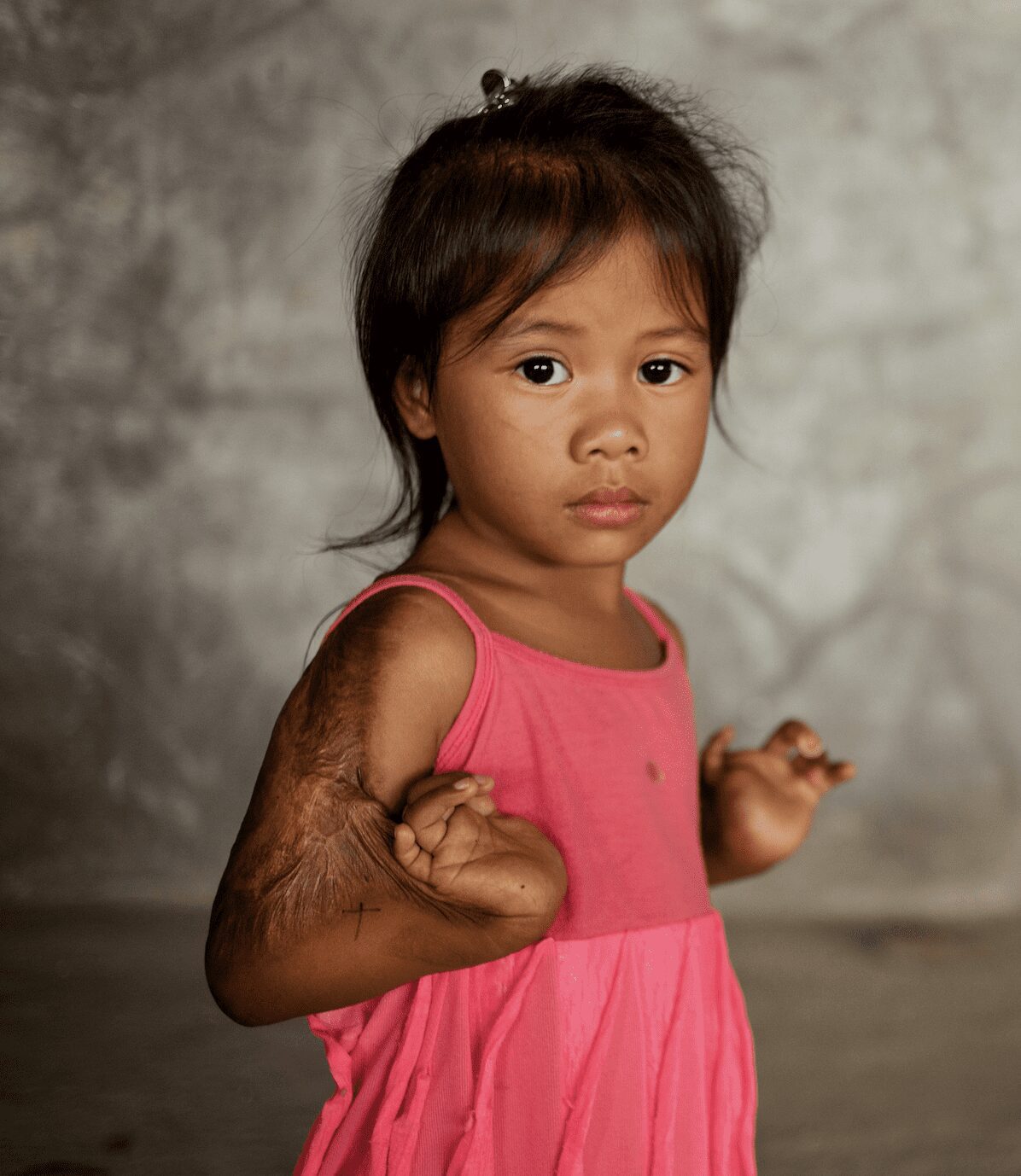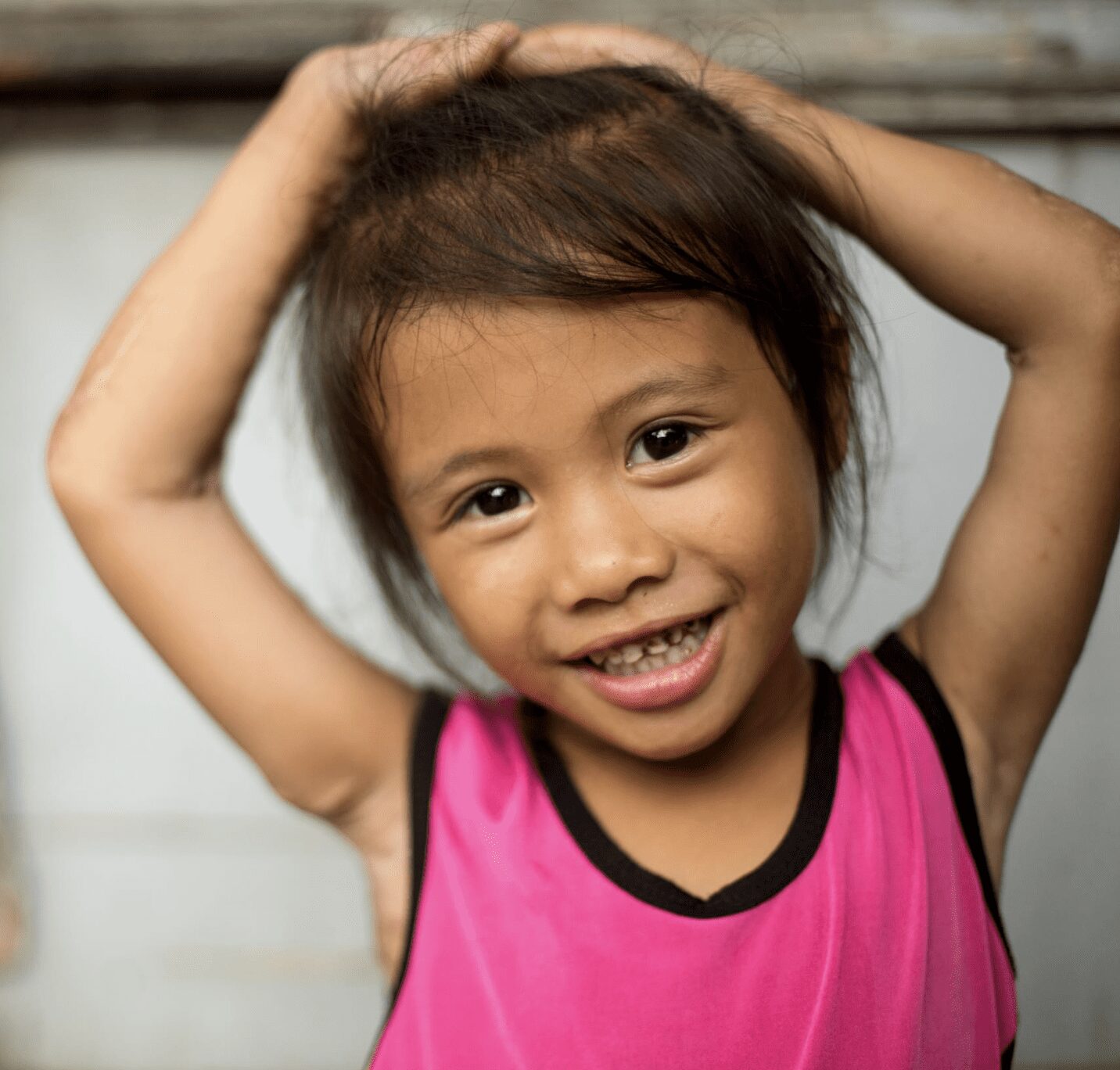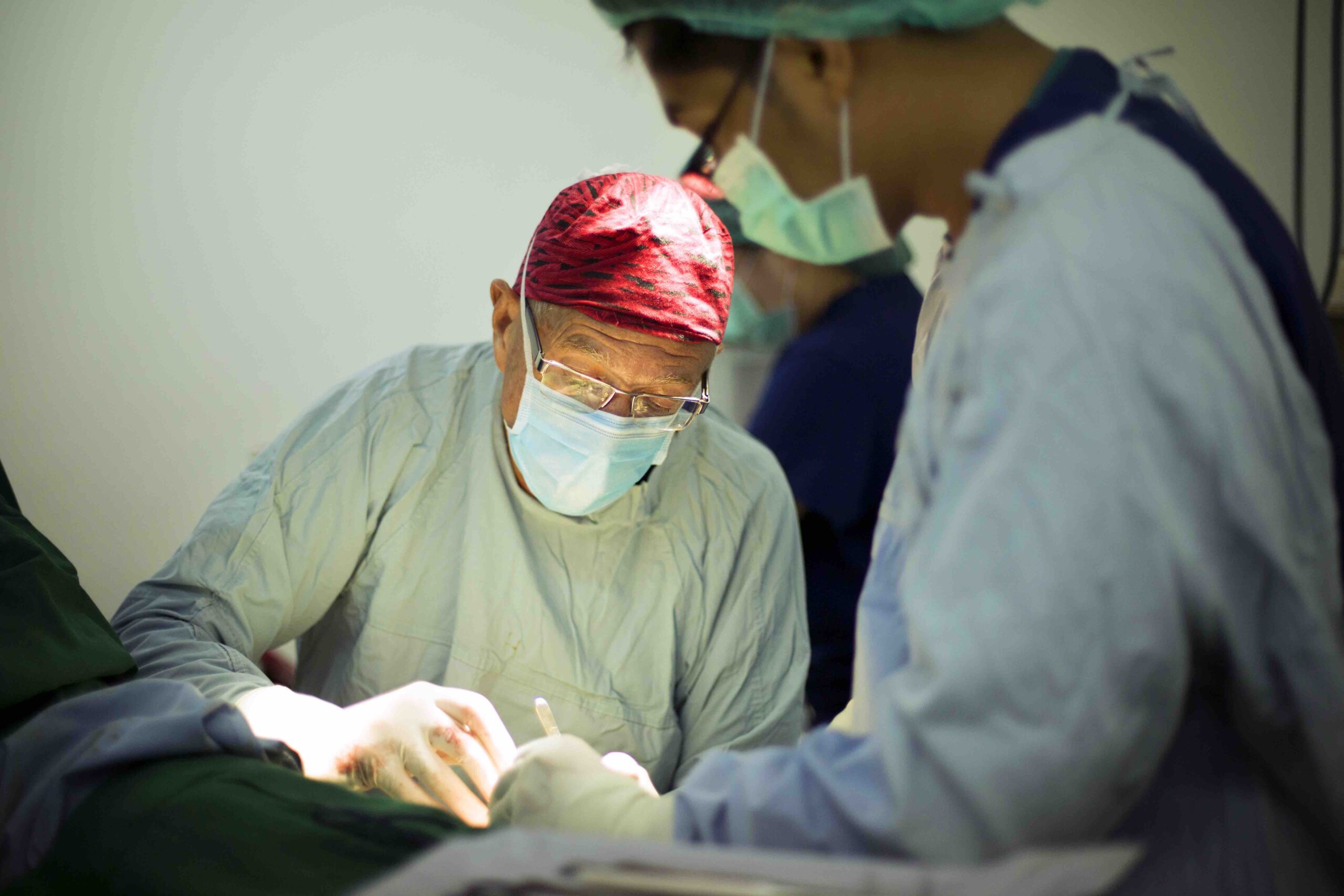Burn Contractures
Burn contractures are mature, thick, tight scars formed after sustaining a second or third-degree burn that tightens and contracts, limiting mobility and making it hard for a child to use their affected limb properly.
Open fires are part of life in the countries where CURE serves. Most people cook over an open fire outside the house, and it’s common to find families sleeping around a fire as the night gets cold. Unfortunately, the mixture of open fires and young children sometimes ends with a devastating injury. Children in low-income countries often cannot access the medical care they need to address the burns adequately.
- Eleven million severe burn cases occur globally each year. (1)
- 95% of those children come from low- and middle-income countries.

What issues do children with burn contractures face?
Without medical intervention, children with burn contractures can face a lifetime of disability.
Stigma
Children can experience discrimination because of their visible scarring, leading to poor self-confidence.
Isolation
When children are limited physically and excluded from community life, they lack opportunities for a hopeful, successful future.


CUREkid Spotlight, BURN CONTRACTURES
Jocy | Tebow CURE Philippines
Before Surgery
After Jocy was horribly burned in a house fire, thick scars prevented her from moving her arms. It was nearly impossible for her to play, hold a pencil, or even dress herself.
After Surgery
After many successful surgeries, physical therapy, and lots of loving care at CURE, Jocy has full use of her arms. Today she can ride a bike, attend school, give hugs . . . and live life to its fullest!

“In many CURE hospitals, we see children whose extremities—arms, legs, face, neck—have been allowed to heal on their own. So what the children do is often go into a very protective position, almost like a fetal position. Their chin will be dropped down, their arms may come up, their knees may flex up, and the wounds won’t get treated. Jocy (pictured above) had a lot of burns along the flexor surfaces of her arms, and those are the most at-risk. She needed early skin grafting and didn’t receive it. There was no one around to take care of her, especially without charging a huge fee to do so.”
— Dr. Tim Mead, Orthopedic Surgeon




















